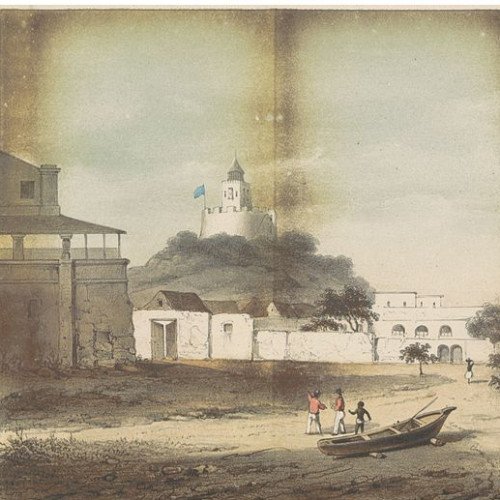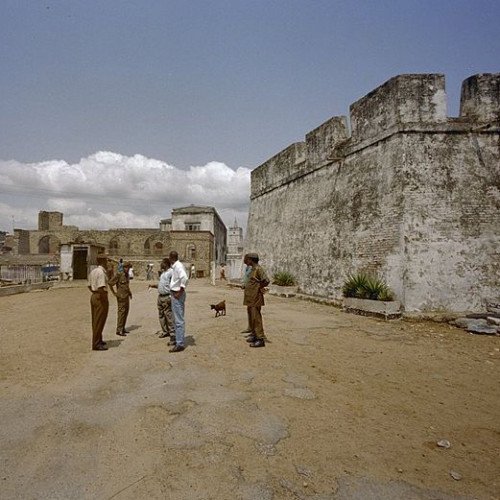Castles of "Ghana" FORT WILLIAM LIGHTHOUSE vs FORT WILLIAM

FORT WILLIAM LIGHTHOUSE
Fort William Lighthouse is located on the Dawson's Hill in the old centre of Cape Coast, in Ghana's Central Region. The lighthouse is often called Cape Coast Castle Light, although it is not part of the Cape Coast Castle complex. It is about 600 metres (1⁄3 mile) away from the Castle. The building was first constructed by the British under Governor Hope-Smith in 1820, and it was named Smith's Tower. In the 1830s, it was reconstructed with more durable materials and renamed Fort William. Since then, it has served as a lighthouse. Currently, the building houses Ghana Museums & Monuments Board staff (GMMB). Fort William is well maintained and open to visitors.
Statistics for this Xoptio

FORT WILLIAM
Fort William is a fort in Anomabu, Central Region, Ghana, originally known as Fort Anomabo and renamed Fort William in the nineteenth century by its then-commander, Brodie Cruickshank, who added one storey to the main building in the days of King William IV. It was built in 1753 by the British after they thwarted a French attempt to establish a fort at the same place. Two earlier forts had been established at the same site, one in 1640 by the Dutch, another in 1674 (Fort Charles) by the English. Fort Charles was abandoned in 1730 and destroyed. In 1640, the Dutch built the first simple fort in the form of stone nog and brick lodge under the direction of Commander, Arent Jacobsz van der Graeff. In 1653, the Swedes captured the lodge. In 1657, Danish forces took the lodge under Caerloff. In 1659 or 1660, the Dutch recaptured it. When the second Anglo-Dutch war ended in 1667 with the (Treaty of Breda), the English gained a foothold in Anomabo. In 1672 or 1673, the English began building Fort Charles, naming it after King Charles II of England, on the present-day location of Fort William. An early Anomabo chief, perhaps Eno or Eno Besi, inhabited the Dutch lodge at this time and declared it his palace. The fort was abandoned by the English not long after, in order to concentrate efforts and costs on Fort Carolusburg at Cape Coast.